This guide provides a comprehensive roadmap for utilizing a hula hoop as an effective tool for fitness workouts. It emphasizes the benefits of hula hooping, such as improving core strength, flexibility, and cardiovascular health, while also aiding in weight management. The step-by-step instructions cater to both beginners and seasoned enthusiasts, offering techniques to enhance coordination and endurance. By following this guide, readers will learn how to seamlessly integrate hula hooping into their fitness regimes, transforming their workout experience into a fun and engaging activity.
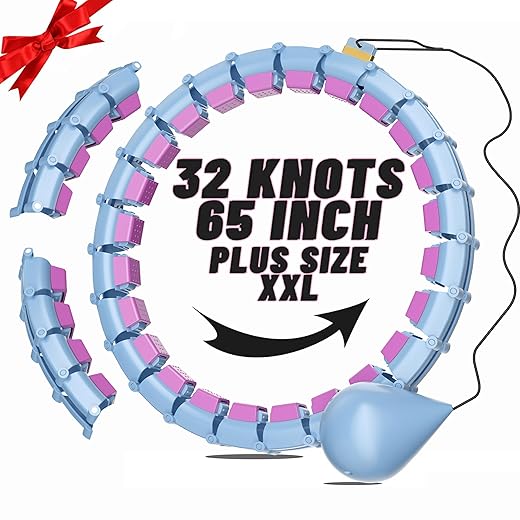


Choose the Right Hula Hoop
Choose a hula hoop that accommodates your size and fitness level to ensure a fun and effective experience. Start by measuring your body height; a good rule of thumb is that the hoop should reach somewhere between your waist and your armpits when standing upright. For beginners, select a larger and heavier hoop—typically 1.5 to 2 pounds and at least 36 inches in diameter—because it offers better stability and easier control. This size allows for slower movement and helps you find your rhythm as you develop your skills. For example, a 38-inch weighted hoop can help you learn how to keep the hoop spinning while also giving you a light workout.
Adjust your choice based on your experience and fitness goals. As you grow more confident in your hula hooping abilities, transition to a smaller, lighter hoop—around 28 to 32 inches and weighing less than 1 pound—to increase the intensity of your workouts and build more muscle engagement. A smaller hoop requires faster movements and a more refined technique, aligning well with advanced routines like tricks or fitness circuits. Consider these points when selecting your hula hoop:
Remember, the right hoop makes all the difference in your hula hooping journey!
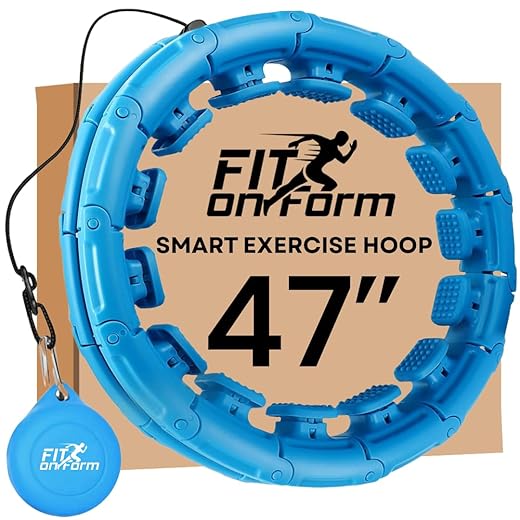


Warm-Up Your Body
Engage in a light cardio activity like jogging in place or marching to get your heart rate up. Do this for 2-3 minutes to increase blood flow to your muscles. Next, perform dynamic stretches such as arm circles and leg swings. Stand with your feet hip-width apart; extend your arms out to the sides and rotate them in small circles, gradually increasing the size. Switch directions after 30 seconds. For leg swings, hold onto a wall or sturdy surface for balance. Swing one leg forward and backward for 10-15 repetitions, then switch to the other leg. These movements will help loosen up your shoulders, hips, and core, preparing them for the demands of hula hooping.
Incorporate hip circles and torso twists to further activate your core and lower body. Stand with your feet shoulder-width apart and place your hands on your hips. Rotate your hips in a circular motion, making sure to engage your core as you move. Perform 10 circles in one direction and then switch to the opposite direction. Next, add torso twists by standing with your feet firmly planted. Keep your knees slightly bent and rotate your upper body to one side, then the other, while keeping your hips stable. Repeat this for 10-15 repetitions on each side. These dynamic movements not only warm up your body but also enhance your range of motion, setting you up for a fun and effective hula hoop workout.
Learn the Basic Hula Hooping Technique
Stand with your feet shoulder-width apart for better balance. Hold the hula hoop against your lower back, ensuring it rests comfortably in place. Push your hips forward and slightly to one side to create momentum, then quickly shift your weight to the opposite hip. Remember to keep your core engaged as you move; this will help maintain control of the hoop.
Now, focus on your hip movements. Continue shifting your body from side to side, using your hips to keep the hoop spinning around your waist. Avoid letting it drop; instead, embrace the rhythm and keep practicing. If you feel the hoop starting to slip down, react quickly by pushing your hips more vigorously. With consistent practice, your timing and coordination will improve, making it easier to sustain the motion and have fun while doing it!
Incorporate Fitness Moves
Start by adding squats into your hooping routine. Keep the hoop spinning around your waist while lowering your body into a squat position. Feet should be shoulder-width apart, and your chest remains lifted as you prepare to squat down. Ensure your knees stay behind your toes as you bend, engaging your core for stability. Rise back up to standing while maintaining the hoop’s motion. Repeat this movement for 10-15 squats, focusing on the alignment of your body to maximize your workout and engage your glutes and quads effectively.
Incorporate lunges next to further challenge your muscles. Maintain the hoop’s spin and step forward with your right leg into a lunge, ensuring your right knee is bent at a 90-degree angle while your left knee hovers just above the ground. Push back up to the starting position and switch to the left leg, maintaining that hoop movement. Aim for 10 lunges on each side for a balanced workout. Enhance your session by adding arm movements such as reaching up and out to the side while lunging to engage your shoulders and arms. This combination ensures you’re not only having fun but also targeting different muscle groups throughout your hooping experience!
Cool Down and Stretch
Walk around for about five minutes after your hula hoop workout to gradually lower your heart rate. Keep your pace comfortable and allow your body to shift from the intensity of your session to a more relaxed state. Focus on your breathing; inhale deeply through your nose and exhale slowly through your mouth. This will help in promoting blood circulation and allows your muscles to start the recovery process. Use this time to reflect on your workout and acknowledge the effort you’ve put in.
Incorporate static stretches targeting your core, hips, and back to enhance flexibility and prevent stiffness. Sit on the floor with your legs extended, then reach forward toward your toes, feeling the stretch in your lower back and hamstrings. Lie on your back, pull one knee to your chest while keeping the other leg extended, and hold for 20-30 seconds to stretch your hips and lower back. Finally, sit cross-legged, placing one hand on the floor and reaching upward with the other arm, stretching your side body. Hold each stretch for at least 15-30 seconds, breathing deeply as you do so. Remember, consistency in cooling down will aid in your overall recovery and performance for future workouts.
Maximize Your Hula Hoop Benefits
In conclusion, incorporating a hula hoop into your fitness workouts can add a splash of fun and creativity while boosting your physical health. By practicing the techniques and tips we’ve discussed, you’ll not only improve your skills but also enjoy a fantastic workout. So grab your hula hoop, get moving, and experience the joy and benefits of hula hooping in your fitness journey!
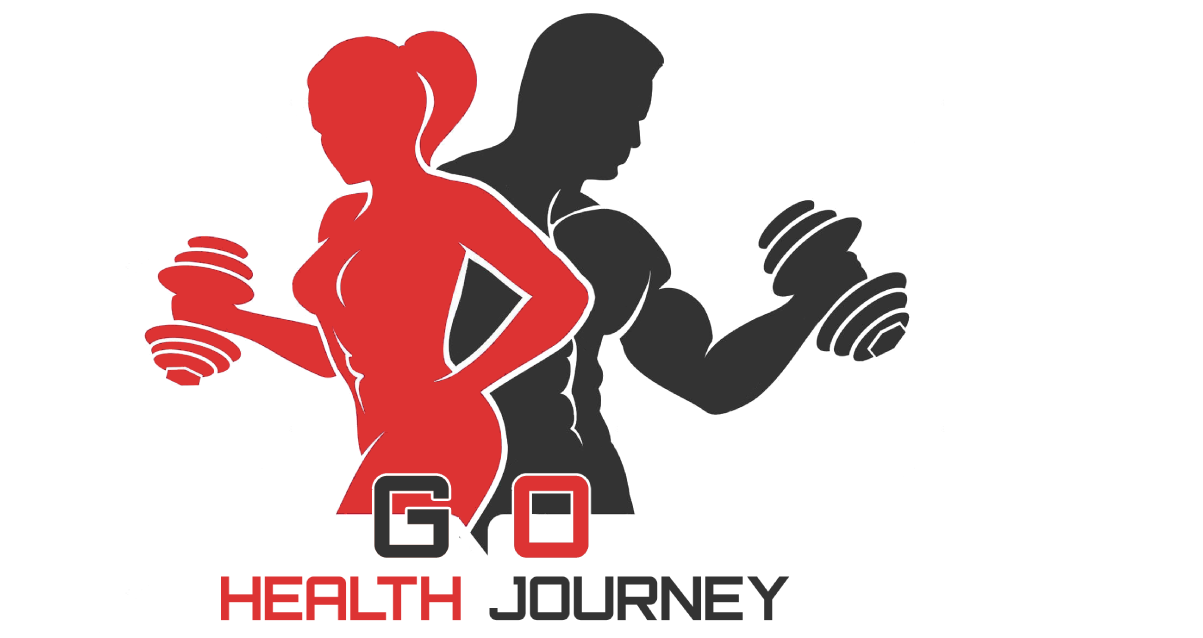
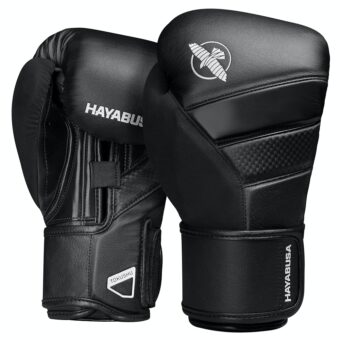

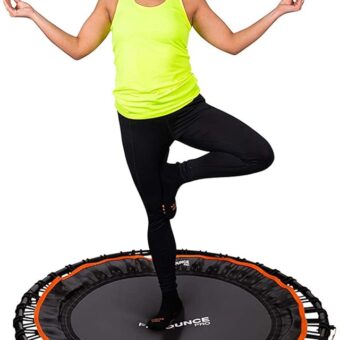
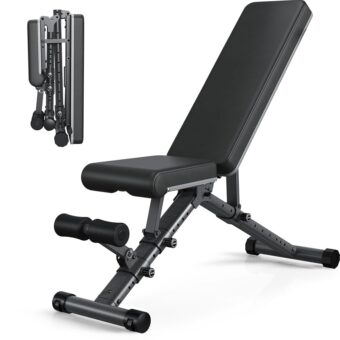

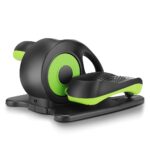









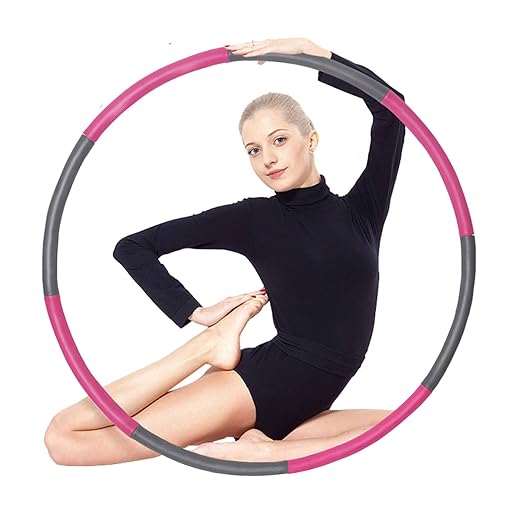
I love this guide! After warming up, I always try to do some dance moves while hooping. It really keeps the workout lively! Has anyone else tried dancing while hula hooping? What routines do you recommend?
I recently bought the ‘HulaFit Weighted Hula Hoop’ and it’s been a game changer for my home workouts! I’ve noticed that it’s more forgiving on my waist compared to the lighter hoops I used before. What are some other great hoops out there for fitness? Any recommendations?
I see a lot of folks using hula hoops for cardio, but I think it’s also good for core strength! I like to add in some squats and lunges while hooping. Makes it more of a full-body workout! What do you all think about combining different exercises?
That’s a great point! Combining hula hooping with other exercises can definitely enhance your workout. Squats and lunges are excellent additions. Keep experimenting and see what feels best for your routine!
I tried following this guide, but I keep losing the hoop! It feels like I can’t get the hang of it. Any troubleshooting tips? Am I just not moving my hips enough?
I have a question about the cool down phase. How long should I really spend on stretching after working out? I’m worried I might not be doing it enough.
Great question! It’s generally good to spend at least 5-10 minutes on stretching after your workout. This helps prevent soreness and improves flexibility. Make sure to hold each stretch for at least 15-30 seconds!
Can the author please do a follow-up article about hooping for kids? I want to introduce my kids to it, and it would be great to have tips for family workouts! Plus, what about hooping for different age groups?
That’s a fantastic suggestion! We’ll definitely consider creating content focused on hula hooping for kids and family workouts. Stay tuned!
I used to think hula hooping was just for kids, but I’ve lost 10 pounds in two months! This guide is spot on. Just remember to keep moving your hips! Anyone else had a major success story with this? Would love some motivation!
Wow, that’s amazing! Congrats on your weight loss! Hula hooping can be such a fun way to stay active. Keep sharing your journey; it definitely motivates others!
This guide is super helpful! I just got myself a weighted hula hoop, and it really makes a difference in the workout. I’ve found that switching between a regular hoop and a weighted one keeps things fresh. Does anyone else have tips on using both? Would love to hear what works for you!
Awesome guide! I’m still struggling a bit with the basic technique though. Anyone have any advanced tips for keeping the hoop up longer? I feel like I lose it after a minute!